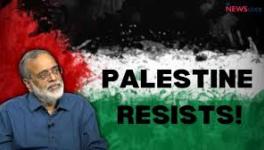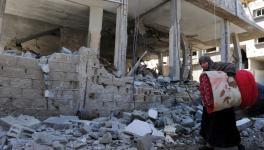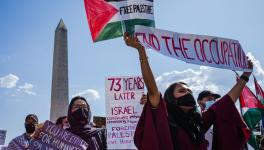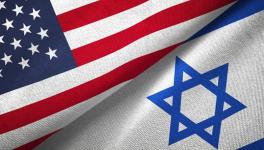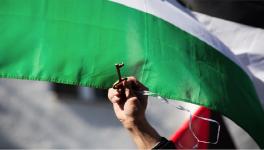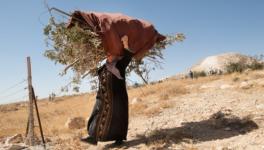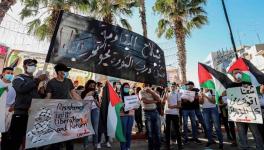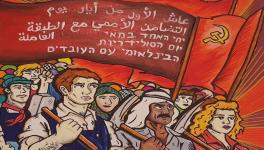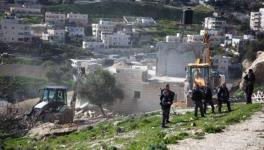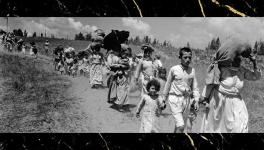Factfile: The Great Return March
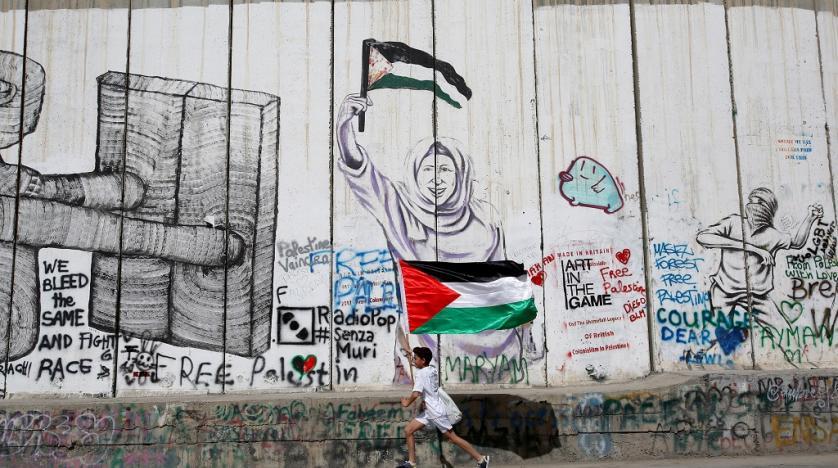
1. What is the Great Return March
The Great Return March is a series of sit-ins and rallies by the Palestinians, which began in Gaza on March 30, 2018 and will culminate on May 15 on the anniversary of the Nakba. The rallies took place across the West Bank, Gaza and Jerusalem and were a response to seven decades of Israeli colonialism. The Palestinians marched with the aim of returning to their homes and lands that were taken from them - an inalienable right guaranteed by various UN resolutions.
2. What does it commemorate?
The Great Return March calls for the right of return of Palestinian refugees to their home expelled during Nakba, which is annually observed on May 15. Nakba in Arabic means ‘catastrophe’ and refers to the events in 1948 during the formation of Israel, which saw over 700,000 Palestinians being forcefully expelled from their homes and close to 600 Palestinian villages being destroyed. According to the Palestinian Central Bureau of Statistics report of 2018, out of the 1.9 million Palestinians living in the Gaza strip, 1.3 million are refugees as a direct result of the Nakba of 1948. A huge number of the exiled and their descendants live in Jordan (around 2 million), Lebanon, Syria, the West Bank and another quarter million are internally displaced in Israel.
The Great Return March also seeks to protest against the shift of the US Embassy in Israel from Tel Aviv to Jerusalem after the recognition of Jerusalem as the capital of Israel by Donald Trump.
3. What has been the nature of the protests as part of the Great Return March?
The Great Return March was marked by a series of rallies each Friday which saw the protesters march closer to the border between Gaza and Israel. Every week, waves of protesters marched towards the border, unmindful of tear gas and live ammunition being used against them. The unarmed protesters also set up a number of camps across the border. The Great Return March saw an unprecedented participation of Palestinians from around the world, braving all odds and risks. All political factions of Palestine announced their support for the march and were actively involved in its organization, along with other human rights organisations such as B’Tselem from Israel which do not recognize the Zionist state of Israel. The March sought to bring back international attention to UN resolution 194 of December 1948, which clearly states that Palestinians displaced by force have all legal rights to return back and be compensated for all their loses.
4. What has been Israel’s response and the human toll during the March?
At least 40 Palestinians were killed and around 5,000 injured ahead of the May 14/15 protests, primarily by Israeli snipers (around 100 sharpshooters were deployed) who used live ammunition. The snipers positioned near the borders shot at the innocent unarmed protesters who were marching towards what have been called the ‘apartheid fences’.
The Israeli forces targeted the protesters regardless of age and gender. According to the reports, around five children were among those by the Israeli forces. Among the casualties were journalists, and medical professionals who were providing aid to the protesters. At least 2 journalists were killed and nearly a dozen injured, despite many of them wearing jackets marked ‘press.’
Tear gas grenades and rubber bullets were also used against the protesters and a number of them died due to being hit by teargas canisters. The large-scale use of tear gas forced protesters to develop a variety of masks to survive the huge cloud of gas used against them. The death of Tahrir Mahmoud Wahba, a disabled protester, who was the target of a live bullet to the back of his head, and other such instances has led the prosecutor of the International Criminal Court to state that the steps employed by the Israeli forces can constitute war crimes.
The sanction for the violent response to the protests came from the highest levels of the Israeli government. This was accompanied by a massive propaganda campaign seeking to portray the protesters as terrorists, who posed a security threat to Israel.
The response of the Israeli state has led observers to recall not only the horrific incidents of the Nakba but also the Dier Yassin massacre of April 9, 1948, where around 200 Palestinians were killed, and incidents of rapes and mutilation of corpses by Israeli paramilitary groups were also reported.
Get the latest reports & analysis with people's perspective on Protests, movements & deep analytical videos, discussions of the current affairs in your Telegram app. Subscribe to NewsClick's Telegram channel & get Real-Time updates on stories, as they get published on our website.









